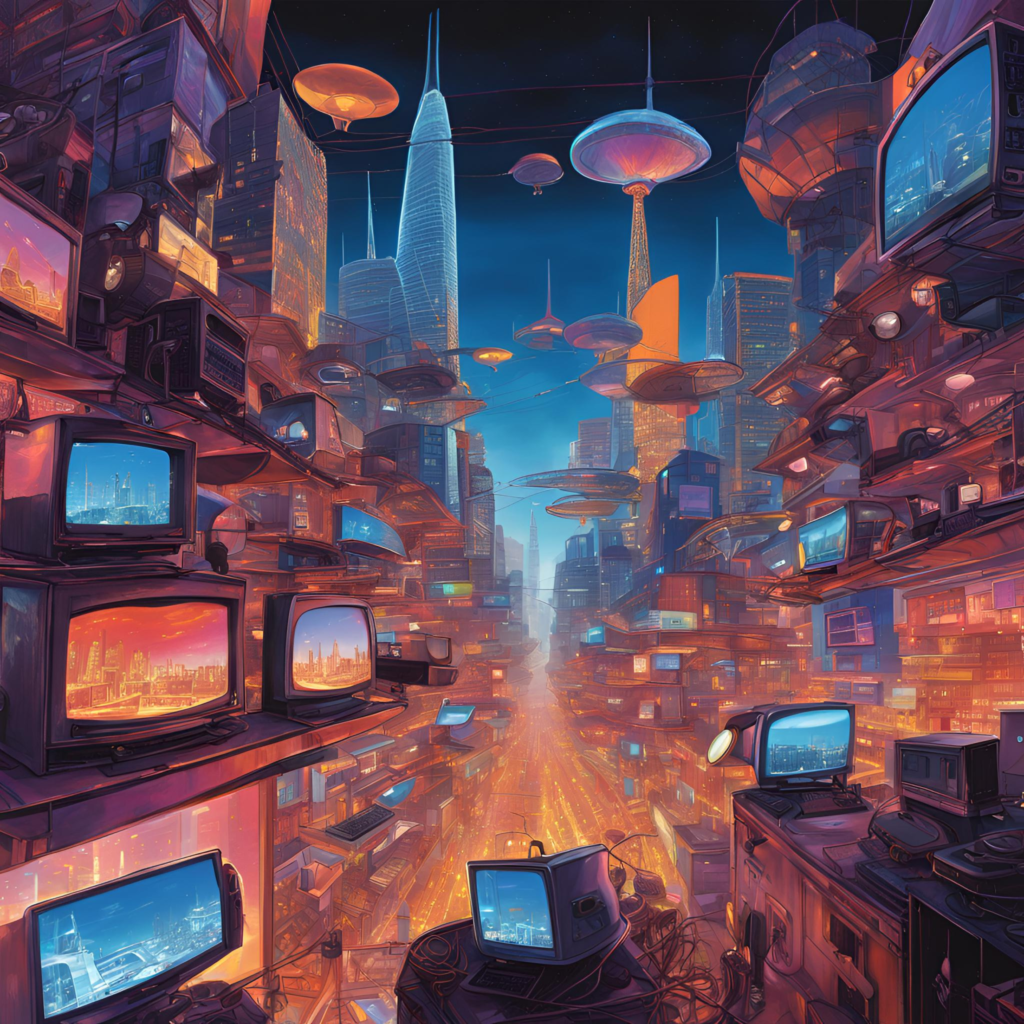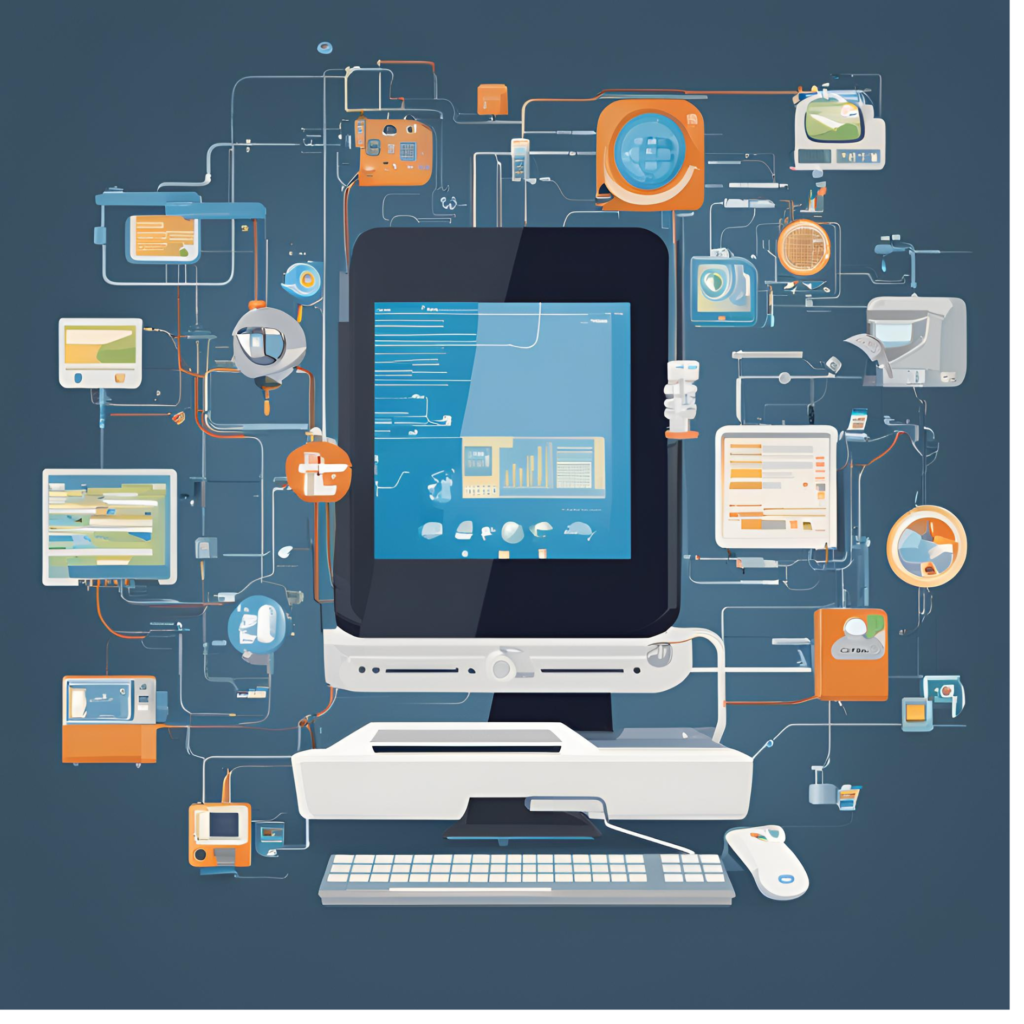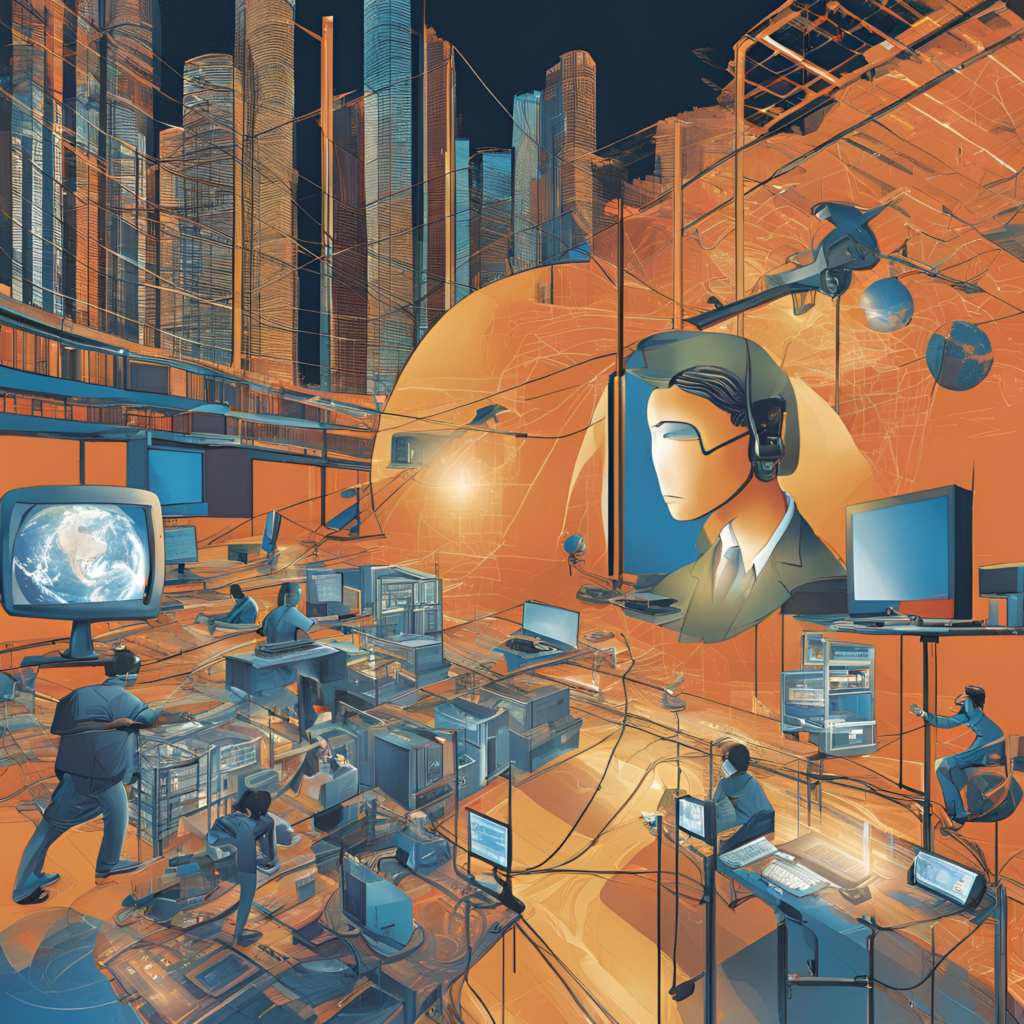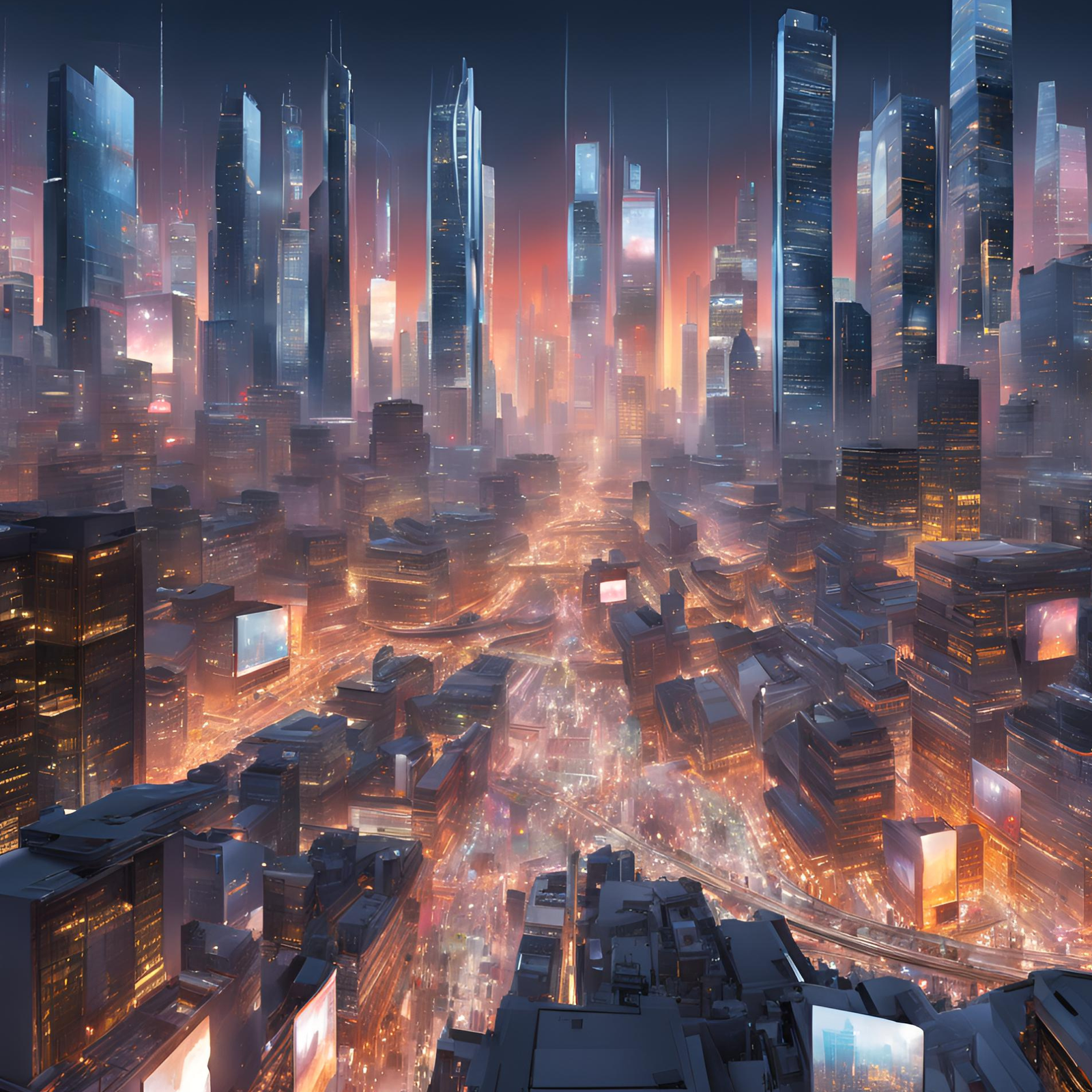Introduction: The Dawn of a New Era
The world has undergone a rapid transformation since the end of the Cold War in 1991. This period marked the beginning of a new chapter in global history, characterized by globalization and the rise of the digital revolution. These two forces have profoundly reshaped economies, cultures, and societies, blurring borders and connecting billions of people across the globe.
Globalization, driven by advancements in trade, technology, and communication, has created an interconnected world where goods, services, information, and ideas flow more freely than ever before. At the heart of this transformation is the internet, which has revolutionized how we communicate, do business, and interact with each other. The growth of mobile phones, social media, and e-commerce has further accelerated this process, making the world more connected and digitally dependent.
The Rise of Globalization
Globalization is not a new phenomenon, but it gained unprecedented momentum after the Cold War. As national economies opened up and embraced free-market policies, international trade expanded rapidly. Multinational corporations became key players in driving economic integration, with production and supply chains spanning multiple countries. Global trade agreements, such as the establishment of the World Trade Organization (WTO) in 1995, facilitated this interconnectedness by reducing trade barriers.

One of the most visible impacts of globalization has been the rise of outsourcing and offshoring, where companies move production to countries with cheaper labor and resources. This shift has boosted economic growth in developing countries, while also contributing to the rise of the global middle class.
Globalization Facts and Figures
| Figures & Facts | Details |
|---|---|
| World Trade Organization (WTO) (1995) | Established to regulate international trade |
| Global trade growth (1991 – Present) | Trade volume increased by over 400% |
| Global middle class growth | Increased by 1.2 billion people since 1991 |
“Globalization is not a monolithic force but an evolving set of consequences—some good, some bad, and some unintended.” — John B. Larson
The Digital Revolution: A Connected World
The digital revolution refers to the shift from traditional industrial economies to those powered by information technology and digital networks. This revolution began with the widespread adoption of personal computers in the 1990s, followed by the explosive growth of the internet. The rise of smartphones in the 2000s put the internet in the hands of billions of people worldwide, fundamentally changing how we live and work.

Today, the digital revolution has transformed nearly every aspect of daily life—from how we shop, communicate, and consume media to how businesses operate. E-commerce platforms like Amazon and Alibaba have disrupted traditional retail, while social media platforms like Facebook and Instagram have redefined communication and social interaction.
The internet has become a global marketplace for information and services, connecting people across borders and driving innovation. As of 2024, nearly 5.3 billion people use the internet, making it one of the most significant technological advancements in human history.
Digital Revolution Facts and Figures
| Figures & Facts | Details |
|---|---|
| Global internet users (2024) | 5.3 billion people (over 66% of the world’s population) |
| Mobile phone adoption | Over 7 billion mobile phone subscriptions worldwide |
| E-commerce growth (2023) | $5.9 trillion in global e-commerce sales |
“The internet is becoming the town square for the global village of tomorrow.” — Bill Gates
Technological Advancements: Changing the Future
Technological advancements have been at the forefront of the digital revolution, transforming industries and economies. Artificial intelligence (AI), big data, blockchain, and the Internet of Things (IoT) are just a few examples of technologies shaping the future.

AI is revolutionizing industries ranging from healthcare to finance, allowing for automation and data analysis at unprecedented levels. Big data is helping companies make more informed decisions, while blockchain is revolutionizing secure transactions, particularly in the cryptocurrency space. The Internet of Things (IoT) connects everyday devices to the internet, creating smarter homes, cities, and industries.
These technological innovations are not only driving economic growth but also raising new challenges, such as concerns about data privacy, cybersecurity, and the ethical implications of AI. Governments, businesses, and individuals must navigate this digital landscape carefully to ensure that technology benefits all.
Technological Advances Facts and Figures
| Figures & Facts | Details |
|---|---|
| AI industry value (2023) | $207 billion global market |
| Global blockchain transactions (2023) | $5 billion in daily blockchain transactions |
| IoT devices (2023) | 15 billion connected devices worldwide |
“Technology is best when it brings people together.” — Matt Mullenweg
Globalization and the Digital Divide
While globalization and the digital revolution have connected the world in unprecedented ways, they have also led to inequalities, creating a digital divide between those with access to technology and those without. Developed countries have largely reaped the benefits of digitalization, while developing nations have struggled to keep pace due to limited infrastructure and resources.

The COVID-19 pandemic further highlighted this divide, as education, business, and healthcare increasingly moved online. Those without reliable internet access were left behind, underscoring the need for global efforts to bridge the digital gap.
International organizations and governments are working to improve access to digital infrastructure, especially in underserved regions, through initiatives like the United Nations’ Sustainable Development Goal 9, which focuses on building resilient infrastructure and promoting inclusive innovation.
Digital Divide Facts and Figures
| Figures & Facts | Details |
|---|---|
| Global internet penetration (2024) | 66%, but only 35% in least developed countries |
| COVID-19’s impact on digital divide | Remote learning left 1.6 billion students out of school |
| Global broadband access (2023) | 55% of households have broadband internet access |
The Future of Globalization and the Digital Revolution
As we look to the future, the forces of globalization and the digital revolution will continue to shape the modern world. Artificial intelligence, 5G technology, and the expanding metaverse promise to transform industries, economies, and how we interact with the world. However, managing these changes responsibly will be crucial to ensuring equitable growth and minimizing risks like cybersecurity threats and misinformation.
Global cooperation will play an essential role in addressing these challenges, whether through regulatory frameworks for emerging technologies or international efforts to bridge the digital divide. The future is digital, but it must also be inclusive.
Looking Forward: Facts and Figures
| Figures & Facts | Details |
|---|---|
| AI global economic contribution (2030) | Expected to contribute $15.7 trillion to the world economy |
| 5G technology growth | 1.9 billion 5G subscriptions by 2025 |
| Metaverse global market value (2024) | Projected to reach $800 billion |
